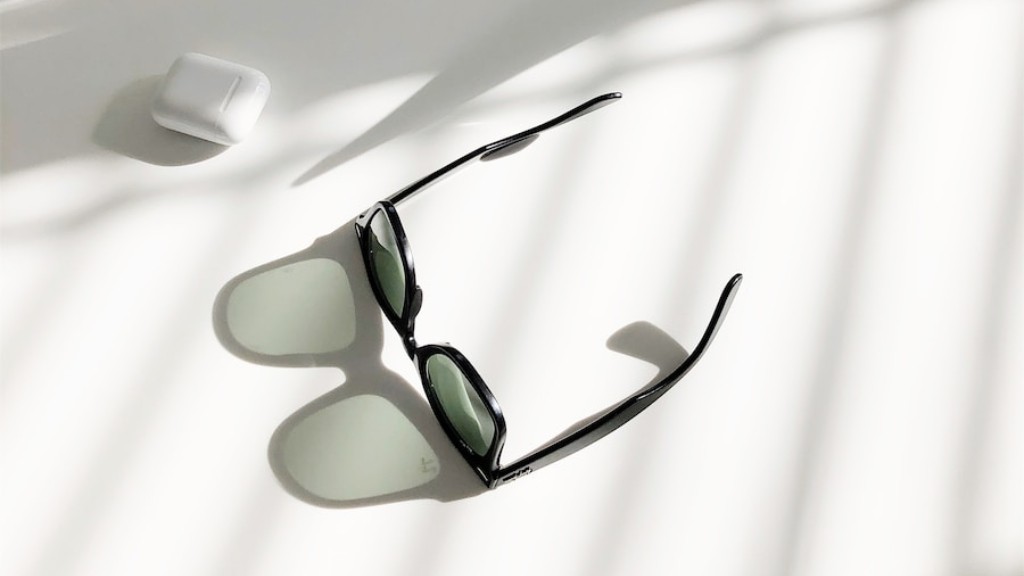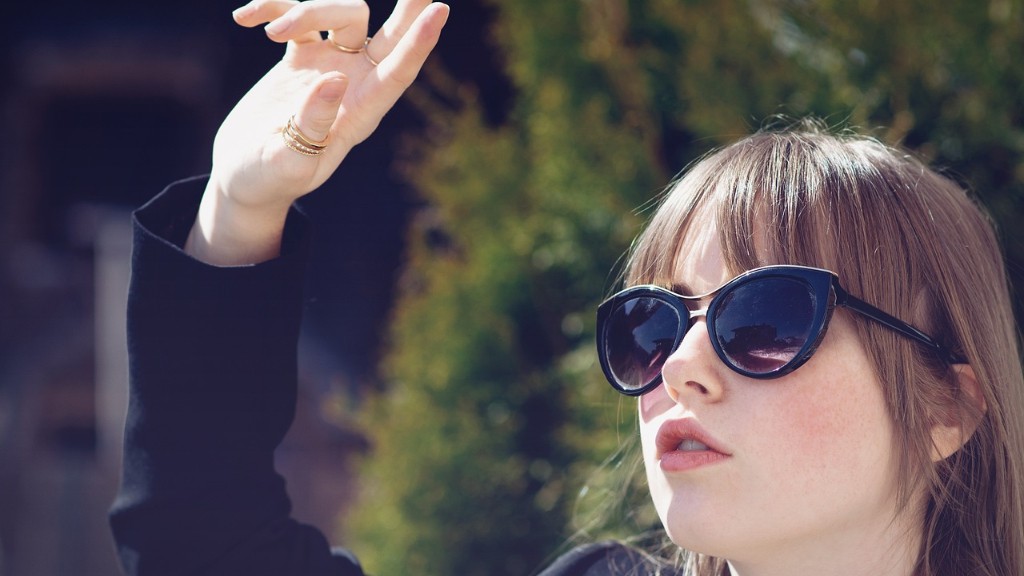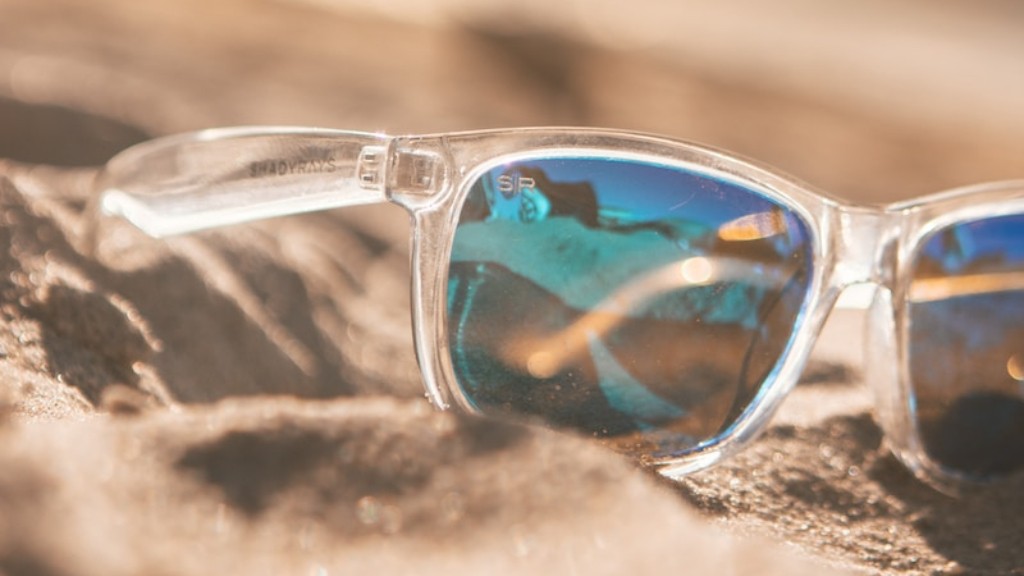When it comes to protecting our eyes from harmful ultraviolet (UV) rays, sunglasses are an essential accessory. But with so many options available, it’s not uncommon for people to opt for cheaper sunglasses instead of investing in a higher-quality pair. However, can these inexpensive options be potentially damaging to our eyes? Let’s delve deeper into this topic and understand the potential risks associated with cheap sunglasses.
To comprehend the potential risks, it’s vital to understand how sunglasses should effectively protect our eyes from UV rays. High-quality sunglasses are designed to block 99-100% of both UVA and UVB rays. Exposure to these rays can lead to various eye conditions, including cataracts, macular degeneration, pterygium, and photokeratitis. Inexpensive sunglasses, on the other hand, often provide inadequate UV protection, allowing harmful rays to penetrate the eyes and cause long-term damage.
According to a study conducted by The Vision Council, around 27% of adults don’t know that extended UV exposure can lead to eye problems. Moreover, 75% of adults don’t regularly wear sunglasses to protect their eyes. These statistics highlight the lack of awareness regarding the importance of UV protection, which is further exacerbated when people choose cheap sunglasses over reliable, UV-blocking options.
It’s also worth noting that not all cheap sunglasses are created equal. While some might carry a UV protection label, they may not satisfy the necessary safety standards. In a study conducted by Consumer Reports, several inexpensive sunglasses claimed to offer adequate UV protection, but failed to deliver. This poses a significant risk, as individuals wearing such sunglasses may unknowingly expose their eyes to harmful rays, assuming they are adequately protected.
Expert ophthalmologists warn against using cheap sunglasses, as these often feature low-quality lenses that can distort vision and cause eyestrain. Additionally, they may lack proper polarization, leading to increased glare, especially in bright conditions. Cheap sunglasses might also have poorly designed frames that fail to provide proper coverage, allowing UV rays to enter from the sides and tops.
Investing in a pair of good-quality sunglasses goes beyond mere fashion. Not only do they ensure optimal UV protection, but they also offer clearer vision, reducing eye fatigue and strain. With high-quality lenses and appropriate polarization, you can enjoy outdoor activities without compromising your eye health and visual comfort.
When buying sunglasses, it’s advisable to choose reliable brands or consult with an eye care professional. Look for sunglasses that provide 100% UV protection and carry labels such as “UV400” or “Meets ANSI UV Requirements.” While they may be more expensive upfront, they offer long-term eye health benefits, providing peace of mind and clarity of vision.
Understanding the Different Types of Lenses
Sunglasses come in various lens colors and types, each serving a specific purpose. It’s important to understand these differences to make an informed decision when selecting sunglasses.
Gray lenses are popular as they provide true color perception, reducing brightness without distorting the natural colors of objects. On the other hand, brown/amber lenses enhance contrast and are suitable for outdoor activities where depth perception is crucial, such as hiking or skiing.
Green lenses are effective in reducing eyestrain and glare, making them ideal for activities like fishing or golfing. Yellow lenses enhance visibility in low-light conditions, but they might not provide suitable protection against intense sunlight.
Blue and purple lenses may be fashionable, but they do not provide any additional benefits in terms of UV protection or visual clarity. It’s important to prioritize protection and functionality over style when it comes to sunglasses.
Additionally, polarized lenses are worth considering, as they significantly reduce glare from reflective surfaces such as water, snow, or glass. This can enhance visual comfort and clarity, especially in environments where glare is prevalent.
Caring for Your Sunglasses
Proper care and maintenance can extend the lifespan of your sunglasses while ensuring optimal vision and protection. Here are a few tips to keep in mind:
1. Always store your sunglasses in a protective case when not in use.
2. Clean the lenses regularly with a microfiber cloth or lens cleaning solution to remove smudges and fingerprints.
3. Avoid placing your sunglasses face down on hard surfaces to prevent scratches.
4. Never use abrasive materials or harsh chemicals to clean your sunglasses, as they can damage the lenses.
5. Consider using a sunglass strap or retainer when engaging in activities that may cause them to fall off.
Prescription Sunglasses: A Necessity for Many
For individuals who require corrective eyewear, prescription sunglasses are essential to ensure clear vision and proper UV protection. Wearing non-prescription sunglasses over regular glasses can cause discomfort and may not provide an accurate prescription match, leading to further eyestrain or blurred vision. Consulting with an eye care professional can help determine the right prescription sunglasses suitable for individual needs.
Conclusion: Prioritizing Eye Health
In conclusion, it’s crucial to understand the potential risks associated with cheap sunglasses. Opting for inexpensive options may compromise your eye health by providing inadequate UV protection, causing distortion, and increasing eye strain. Investing in higher-quality sunglasses that meet safety standards and provide reliable UV protection is essential for maintaining optimal vision and long-term eye health. Remember, protecting your eyes is not just a fashion statement but a necessity for a brighter future.





